By: Graeylin
|
The Galloglaich ("Galloglas") were Scottish mercenaries in Ireland, forming
the backbone of the Irish armies from the late 1200s through the early
1600s. They were drawn from the best fighters in the Hebrides, mostly
MacDonalds but also including the MacRorys, MacSwineys (or MacSweeneys),
MacSheehys, MacDowells, and MacCabes. The word galloglaich means "foreign
young warrior", and refers not only to the fact that they were from outside
Ireland, but that they were of mixed Scottish-Viking stock, the result of
many centuries of Viking raids on the Western Isles and Scotland's western
coast.
While the average Irish warrior wore only padded or leather armor, the galloglaich were well-armored with a hauberk (mail coat) and helmet. Their favored weapon was a large axe, about six feet long, variously described by foreign observers as a halberd or bardiche, but generally what we now call a sparth axe; it had a long, narrow, curved blade about 18" long, attached by its center and bottom to the pole. Other designs have also been illustrated, of course, but it was the sparth axe for which they were famous. Otherwise, they carried a sgian (knife, not unlike a ballock dagger or dirk), and as time went on they adopted various Irish-styled swords, some as large as claymores. With their axes, they could break a knight's lance, or bring down rider and horse. They were noted for their courage and fierceness in battle; they were placed in the van (lead, front and center) of the Irish armies, with the lighter armed Irish footmen and cavalry guarding their flanks. In typical Celtic fashion, they would close quickly with their opponents in a ferocious and violent attack; they would either win quickly or die in the attempt. The English quickly learned to fear the galloglaich. They also favored the huge two handed sword, either the scottish claymore or the cross-hilted irish/german version. One of these warriors also is shown with that sword. |
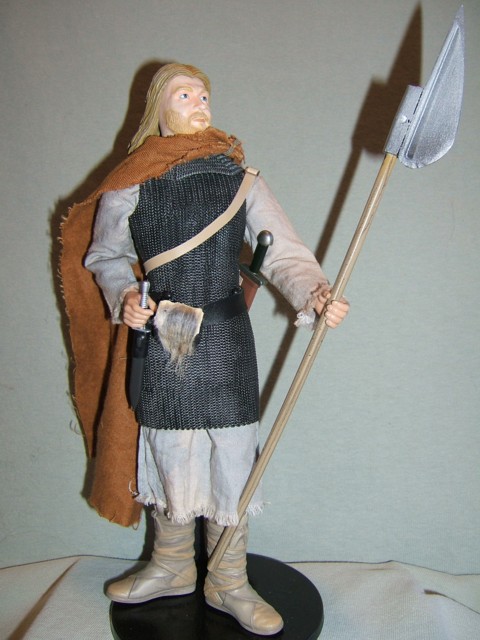
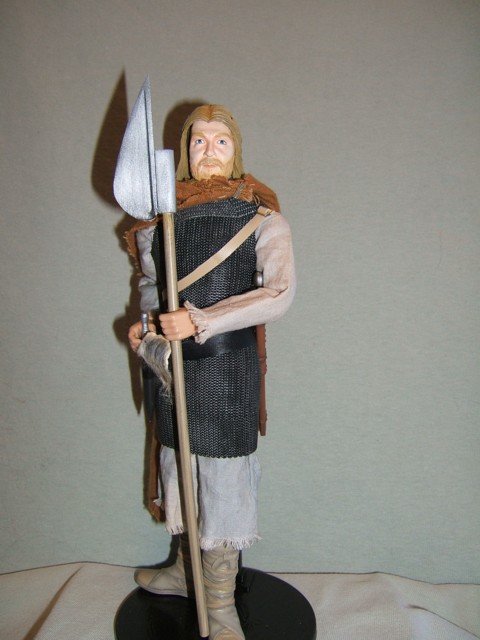
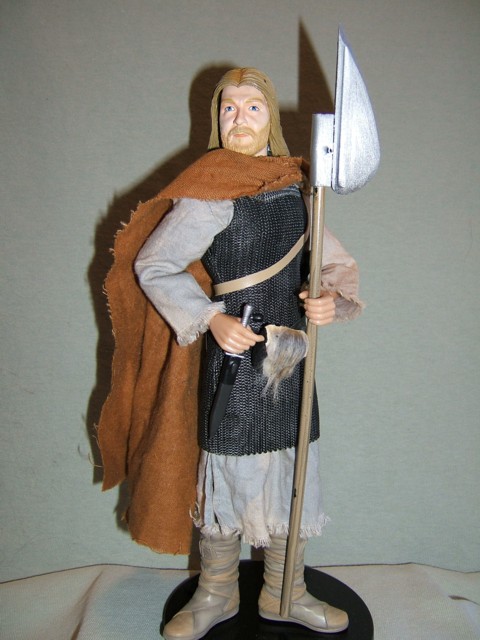
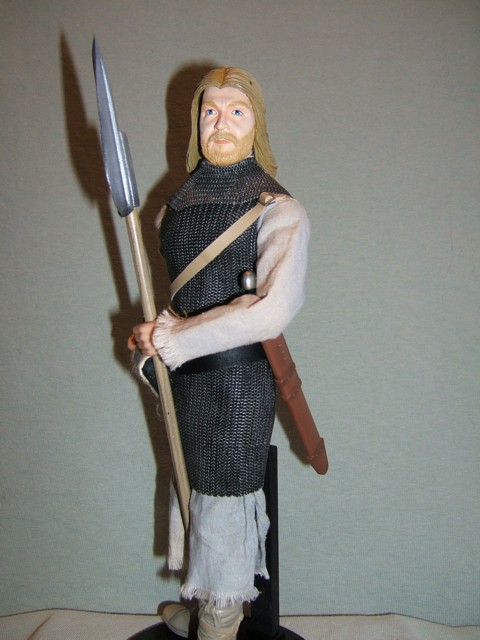
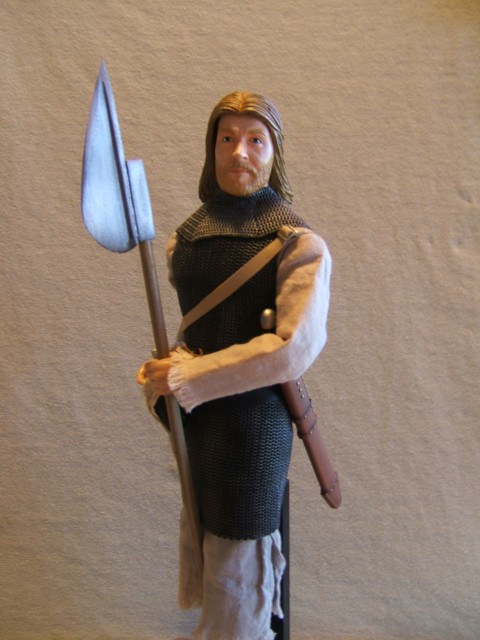
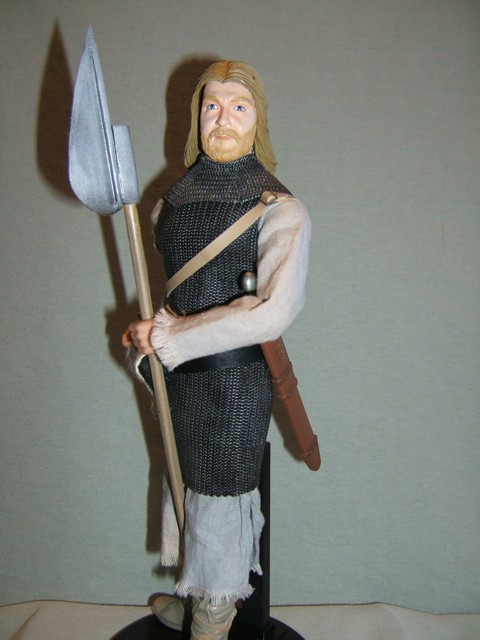
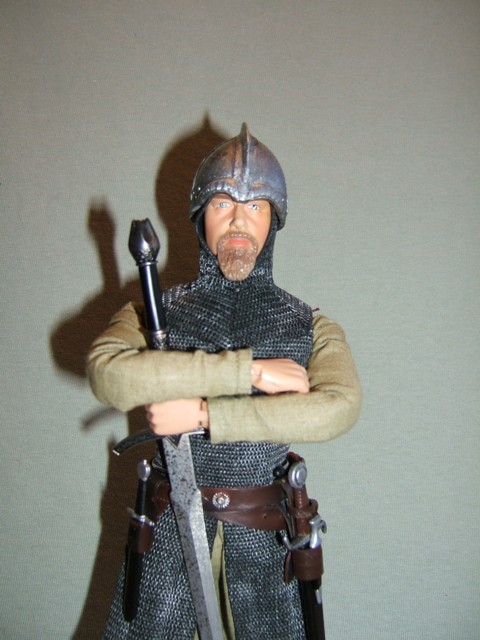
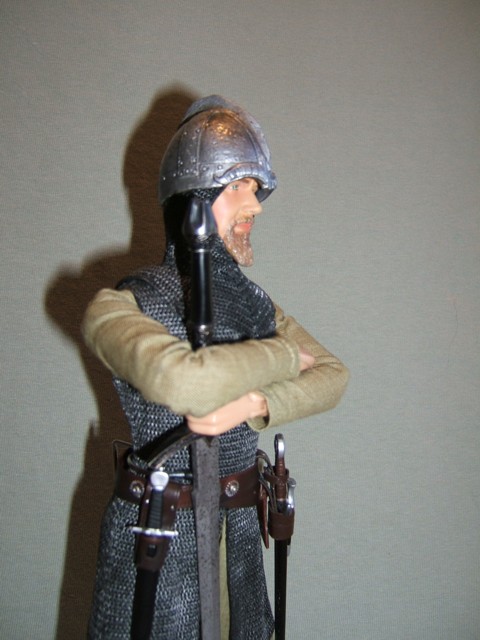
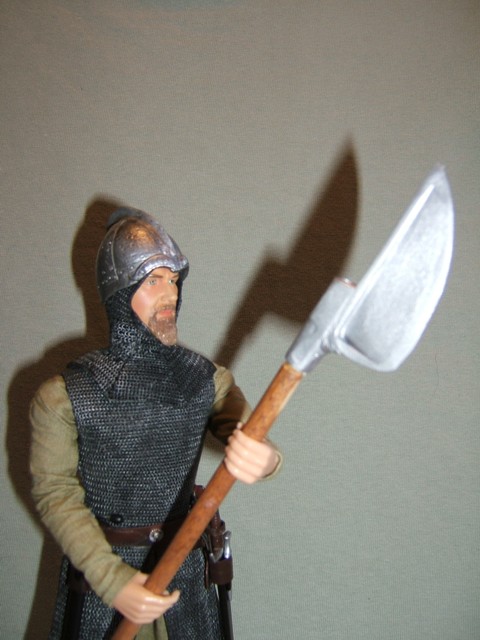
|
|
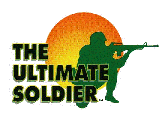
Back to the Photos